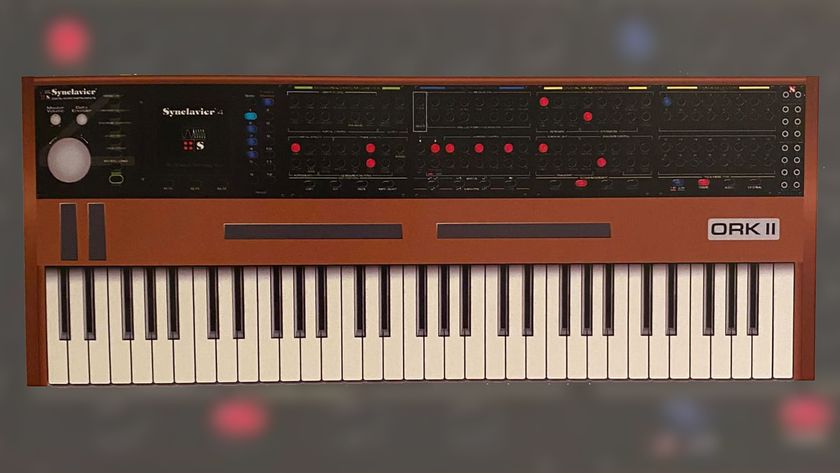How to create evolving ambient pads with oscillator stacking
By layering multiple oscillators and modulating each at a slow rate, you can quickly generate blissful ambience…
The key to working real size, density and motion into any synthesised pad sound lies in oscillator layering and modulation.
By stacking multiple source signals, the tonal range of a patch becomes expansive and frequency-rich, while getting those oscillators moving independently imbues the whole sound with movement and dynamism.
In this tutorial, we'll show you how to build a rich, evocative ambient texture using one of the most stackable synths around: VPS Avenger.
For many more power synth programming walkthroughs, get hold of the May edition of Future Music.
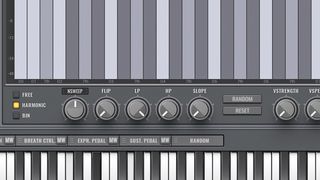
Step 1: Many modern synths let you pile up multiple oscillators, combine synthesis types and dial in uber-thick unison features. To demonstrate, we’ll create a complex ambient pad with Vengeance-Sound’s insanely powerful VPS Avenger. We start by triggering the synth with a basic C minor triad.
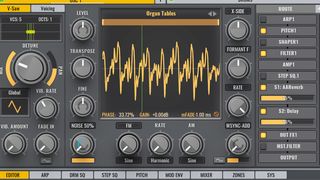
Step 2: Let’s set up the first oscillator as the core evolving element of the pad. After dialling in some ultra-thick five-voice unison detune, we audition the synth’s wavetable oscillators, settling on an organ-style wavetable. A free-running LFO is used to modulate the wavetable index for a constantly evolving timbre.
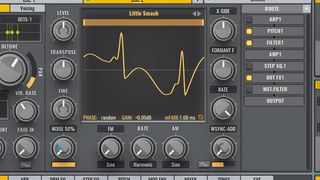
Step 3: Next, a contrasting wavetable type is called up as the second oscillator. A different free-running LFO - this time set to a more jagged curve shape - slowly modulates this oscillator’s wavetable index. The same LFO also modulates this oscillator’s level for more motion.
Get the MusicRadar Newsletter
Want all the hottest music and gear news, reviews, deals, features and more, direct to your inbox? Sign up here.
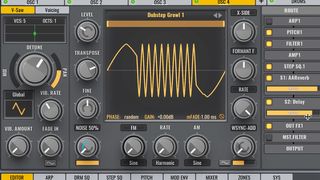
Step 4: A third, sine wave oscillator is then used to provide basic solidity and consistency in the low-mids. After that, we program a fourth wavetable oscillator via the synth’s tempo-synced step sequencer, to provide a rhythmic ‘blip’ pattern that rides above the floatier elements.
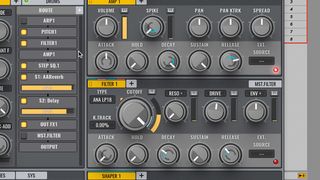
Step 5: Let’s add further movement. The jagged LFO from Step 3 is used to modulate the sequenced oscillator’s FM amount, which gently morphs the rhythmic blips in and out of a state of inharmonic noise for added high-end texture. The same LFO also subtly wobbles the overdriven low-pass filter cutoff.
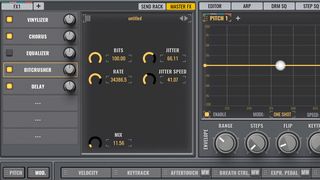
Step 6: Finally, we call upon Avenger’s plentiful effects for a splash of character: the Vinylizer module mixes in vinyl crackle and noise; Chorus adds swimming width; a Bitcrusher fades in treble fuzz and grit; and some ping-pong Delay injects ambience and lush repeats.
Future Music is the number one magazine for today's producers. Packed with technique and technology we'll help you make great new music. All-access artist interviews, in-depth gear reviews, essential production tutorials and much more. Every marvellous monthly edition features reliable reviews of the latest and greatest hardware and software technology and techniques, unparalleled advice, in-depth interviews, sensational free samples and so much more to improve the experience and outcome of your music-making.


